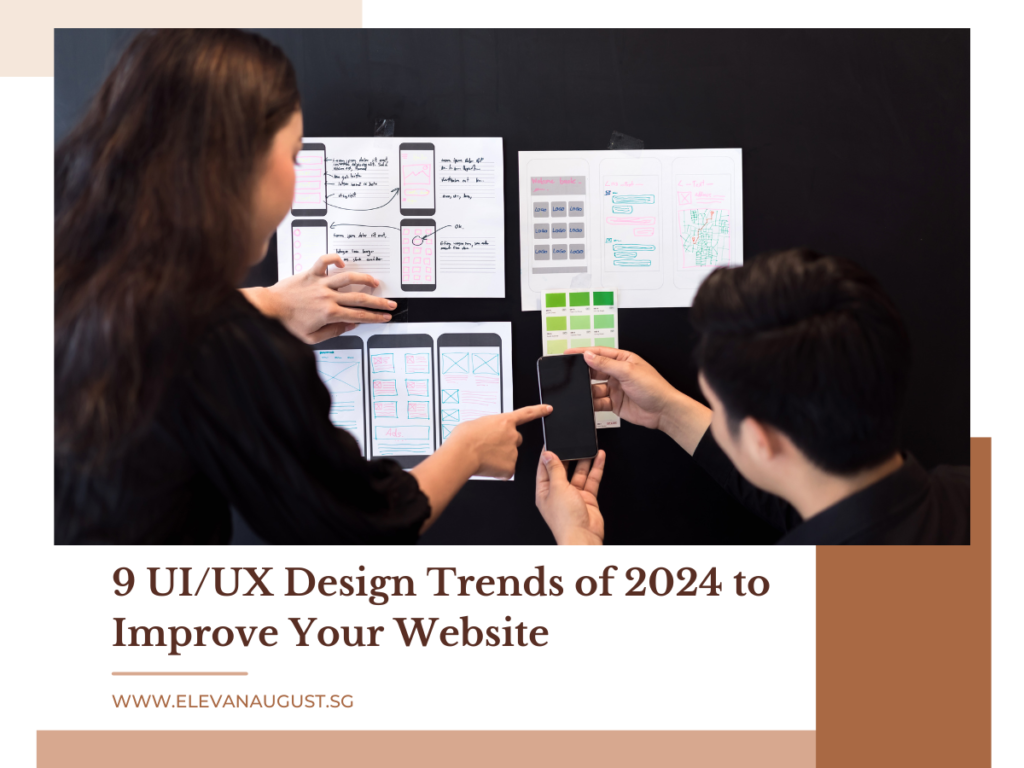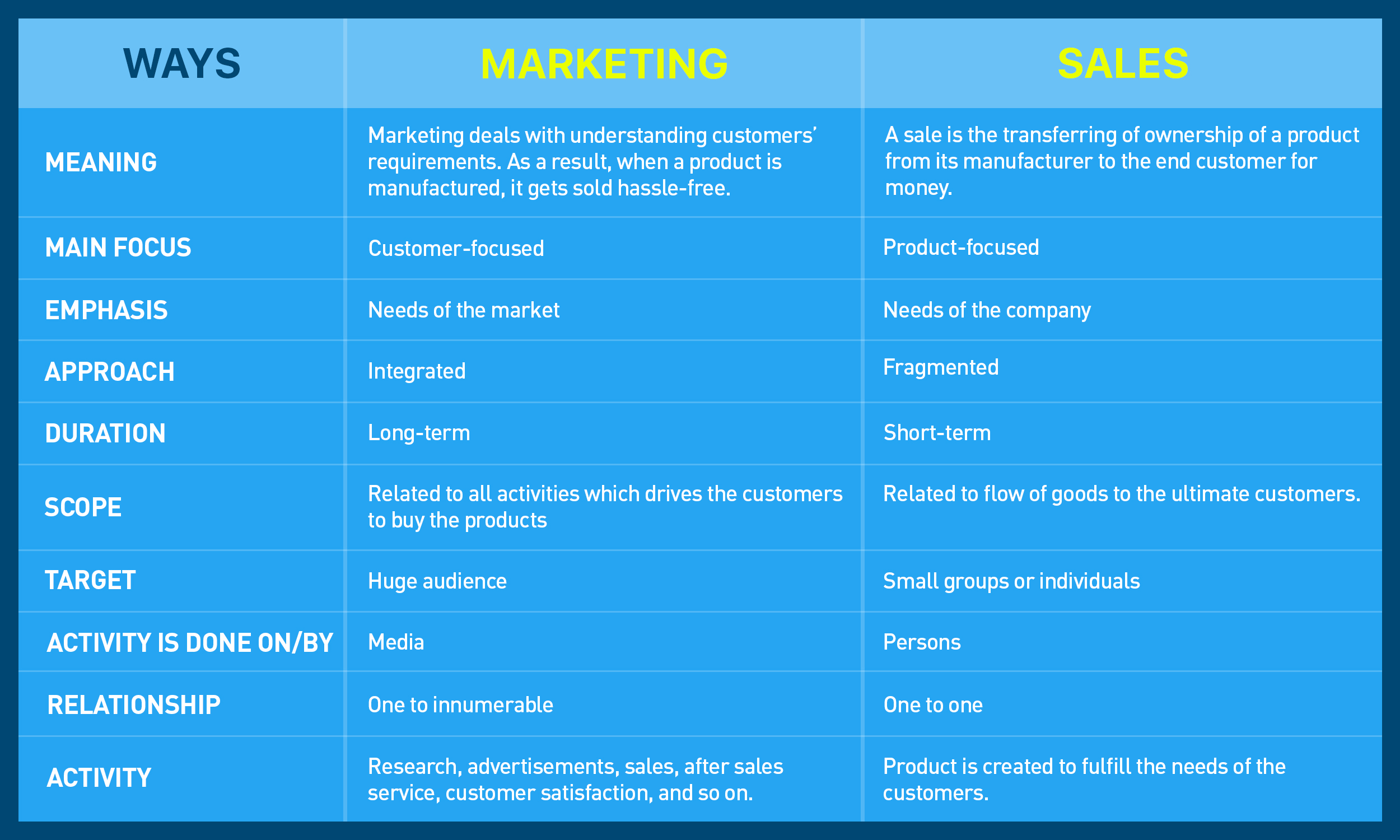To truly win online, having a website that visitors love is one of the most fundamental requirements.
So, how do you get them to love your site?
By focusing on user interface (UI) and user experience (UX).
But don’t rush to implement every UI and UX element on your website. There are many, and some might be outdated.
Instead, focus on what’s trending — and makes sense for you.
Here are 9 UX/UI trends of 2024 that you should know of to improve your website:
AI-Powered Interfaces for Higher Intuitiveness
AI-driven interfaces can dynamically adapt to individual user behaviors for more personalized experiences.
The interface can tweak the content layout, product suggestions, and functionality by analyzing browsing habits and interactions to better suit each user.
This level of customization improves satisfaction and conversion rates by providing relevant, timely recommendations and options based on personal preferences.
Microinteractions That Bring Life to User Interactions
Microinteractions are subtle interface animations that provide users feedback on their actions. For example, tapping a like button triggers a small confirmation animation.
These micro-moments enhance interfaces through useful visual cues, making systems more intuitive without overburdening users.
Their ability to liven mundane interactions drives engagement.
Immersive Scrolling to Transform the User Experience
Immersive scrolling incorporates animations, videos, and effects that unfold as users scroll down web pages.
This technique turns traditionally passive browsing into active engagement by revealing compelling content along the user’s journey.
For example, a storytelling site could leverage immersive scrolling to unfold a narrative visually through scrolling rather than plain text. It boosts retention and interest by matching medium to content.
Bold Visuals with Color and 3D Designs to Captivate Users
Vibrant, saturated colors paired with 3D elements catch the eye while adding depth and dimension.
For example, an e-commerce site could incorporate 3D product models for more interactive, vivid previews.
These bold visual choices help brands stand out while capturing user imagination.
When done right, they transform digital storefronts into memorable experiences that inspire and captivate.
Universal Access with Enhanced Accessibility for All
Ensuring your site can be easily accessed and understood by all users, regardless of abilities, expands your reach.
Simple additions like text descriptions for images or keyboard navigation create more inclusive experiences.
Beyond being a legal requirement in many regions, accessibility exemplifies a commitment to serving a wider audience.
Voice UI for Simplified Navigation with Voice Commands
Integrating voice user interfaces (VUIs) introduces more intuitive, hands-free site navigation through voice commands.
Users could search for products or book services conversationally.
With the rise of voice assistants and smart speakers, voice UIs are removing barriers, especially for the visually impaired or multitasking.
Optimizing for the On-the-Go User with Mobile-First Strategy
With most users browsing on phones, mobile optimization is key. This means prioritizing features like large taps targets, fast-loading images, and readable text without zooming.
Mobile-friendly sites provide better experiences for on-the-go users while also boosting search rankings, as Google favors mobile-first web design.
Clarity Through Data Visualization Making Information Accessible
Data visualization transforms complex data into digestible visual formats like charts or graphs.
For example, financial sites can depict savings growth to simplify trend comprehension.
Visualizing information enhances user understanding at a glance rather than overwhelming with numbers.
Human-Centered Design Prioritizing User Needs in Every Interaction
Human-centered design tailors experiences around actual user needs through ongoing feedback.
If certain features prove difficult to use, modifications are made to simplify interactions.
This process of gathering user input creates more intuitive, enjoyable designs that are tailored to audience priorities rather than rigid preferences.
The end result is positive connections with site visitors.
Final Thoughts
Of course, not all of these trends would be relevant for all types of business.
So, which one is apt for your website? Which one should you adopt?
Consult a digital marketing agency in Singapore. In addition to helping you identify how you can improve your site’s UX and UI and what trends would be apt for you, they can also help you implement the changes.
Getting help with your website redesign or improvement from marketing experts like Elevan August is critical to ensuring your new design aligns with the best SEO and CRO practices.
Take a step forward. Improve your website, make visitors love it, and drive tangible business outcomes.






